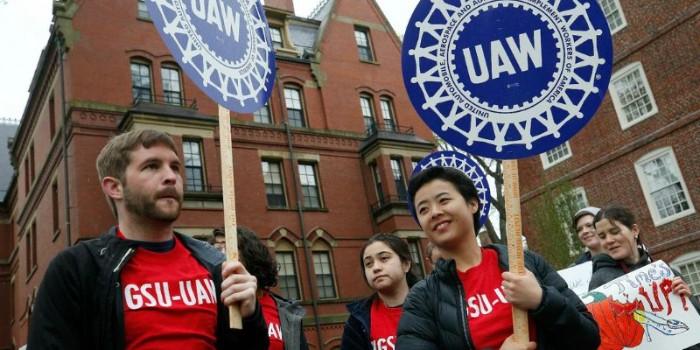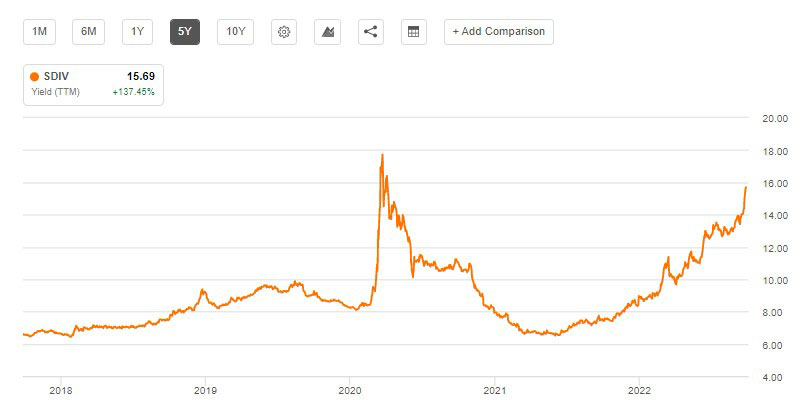Are you interested in learning about the top five industries with the highest union membership? Research reveals that education, healthcare, transportation, leisure and hospitality management are some of the most publicized industries for collective bargaining.
In a time where uncertain economic conditions have posed serious challenges to employees' rights and working conditions, strong labor unions help protect their members by negotiating wages and other workplace provisions.
This blog post will explore how these five unionized sectors have become particularly prominent within our society today. As well as look at what they stand for - from their goals and objectives to employment issues that challenge those who work in them.
Not All Industries Have Unions
Though the five industries listed above are among the most unionized, that doesn't mean all industries have unions. Many industries with fewer than 10% of workers belonging to a labor union include finance and insurance, real estate and leasing, information services, professional services, and scientific or technical services.
These industries often pay higher wages and offer more benefits than those with higher unionization rates, such as hospitality and retail. Additionally, some industries need to be covered by the National Labor Relations Act (NLRA), making it difficult for unions to form in these fields.
Top Unionized Industries
Unions are important organizations for workers in many different industries. They protect their rights, wages, and health benefits.
The following list provides an overview of the top five most unionized industries:
Educators
Educators are among the most unionized workers in the world. They play a vital role in educating their students and helping protect their rights as employees, and ensuring they have access to fair wages and benefits.
Teacher unions work collectively to negotiate contracts with school districts that provide better wages, health care coverage, retirement benefits, job security, and other important benefits.
Teacher unions also lobby for higher salaries and other resources that can improve the quality of education in their school districts. The National Education Association is one of the largest union organizations in the United States, representing more than three million members.
Through collective bargaining, these teacher unions ensure educators receive fair wages, benefits, and better working conditions. This helps ensure that students receive a quality education from knowledgeable and passionate educators.
Steelworkers
Steelworkers are among the most unionized workers in America and play a pivotal role in some of the country's top industries. Steelworkers have been unionized since 1886 when the Amalgamated Association of Iron and Steel Workers was founded. Despite numerous changes in the industry since then, steelworker unions remain strong and committed to protecting their members' rights.
Steelworkers may work in production, maintenance, or administrative roles in metals and minerals production, coke production, rolling and finishing of steel products, shipbuilding, fabrication of architectural and structural metals, and metal can manufacturing.
As union members, these workers enjoy the added benefits of collective bargaining agreements which protect their wages and benefits from exploitation. Steelworkers also benefit from union-negotiated safety and health protections, which help prevent workplace injuries and illnesses.
Auto Workers

Auto Workers, affiliated with unions such as the United Autoworkers (UAW), continue to be one of the most unionized industries in America. They have been a key source of strength for organized labor, playing an essential role in setting wages and benefits standards throughout the manufacturing sector.
Auto workers also benefit from their association with a union due to increased job security, improved safety standards, and access to better health care and retirement plans. Union members can also participate in collective bargaining agreements that ensure more equitable pay scales regardless of gender or race.
Auto workers are some of the most dedicated employees in the labor force, and their hard work is a major factor in keeping many American manufacturing jobs alive today. The auto industry remains one of America's top five most unionized industries, and its presence continues to impact labor standards across all sectors.
Electrical Workers
The employees in the electrical workers industry are overwhelmingly unionized, with over 80% of workers belonging to unions. This makes it one of the top five most unionized industries in America. Electrical Workers provide a crucial service, installing and maintaining the electrical wiring for residential and commercial buildings.
They also provide repair, maintenance, and connections to power grids. Employees are often exposed to hazardous conditions, and unionization helps them to receive better benefits, wages, and working conditions. Union membership protects electrical workers from safety hazards, unfair treatment, and wage theft.
Unions also help employees negotiate better overtime pay contracts, health insurance coverage, retirement funds, and other important economic matters.
Public Service Workers

Public service workers are those employed by government and public bodies, such as teachers, hospital staff, firefighters, police officers, etc. Unsurprisingly, these roles are among the most unionized industries in the world.
In fact, according to the U.S. Bureau of Labor Statistics from 2017-2018, public sector workers account for six out of the 10 most unionized occupations. The public sector unions have held a strong presence in the workforce and continue to fight for better wages, benefits, and safer working conditions.
These unions strongly advocate for workers' rights, such as fair treatment, workplace safety, and job security. Public service workers are a vital part of our society – their hard work ensures that many of us can go about our daily lives without disruption.
Unionization of these workers is an important step to ensure that they receive the protections and benefits that all employees should have access to.
FAQs
What industries have the most unionized workers?
The top five most unionized industries are educators, steelworkers, auto, electrical, and public service workers. These industries often have strong collective bargaining rights and unions that work to ensure fair wages and good working conditions for their members.
What industries can unionize?
Any industry can unionize, but some industries are historically more likely to do so due to their high concentrations of workers and frequent collective bargaining. Industries with large numbers of workers, such as educators, steelworkers, auto workers, electrical workers, and public service workers typically have higher levels of unionization than other industries.
What is a unionized industry?
A unionized industry is one in which most workers have united to form a collective bargaining unit. This collective bargaining unit negotiates with employers to set wages, working conditions, and other employment matters for its members. Unionized industries are typically found in the public sector, such as education or government agencies, but can also be found in private sectors, such as auto manufacturing or steel production.
Conclusion
As this post has demonstrated, not all industries have labor unions. However, steelworkers, educators, auto, electrical, and public service workers have historically relied on labor unions to protect their rights and ensure fair wages and working conditions. Each unionized industry has its unique requirement and benefits.
But the overall effects of these labor unions can be seen throughout our country. In the future, it would serve us to more fully understand how each of these top 5 most unionized industries is being affected by the laws and regulations set forth at state, local and national levels.



